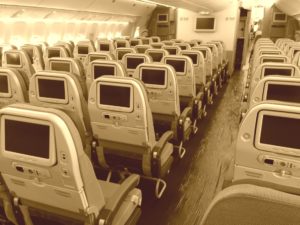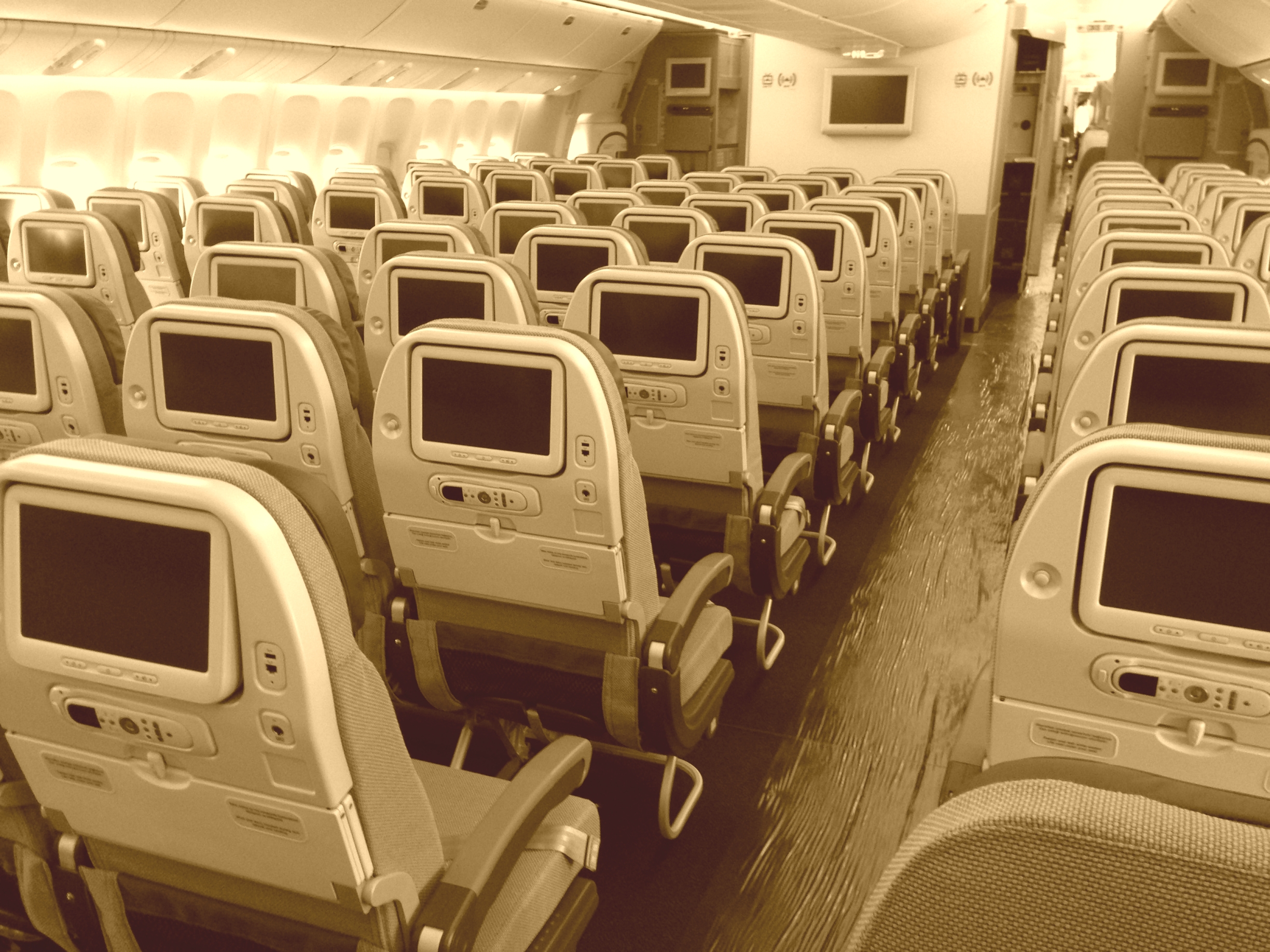Computerized Reservation Systems and Revenue Management tools deployed extensively during early 1980s have become the main pillars for airline managers for maximizing their companies’ profits, as if trying to prove that airline industry is the pinnacle of the capitalism.
However, the relationship between cost and price in air travel has broken long ago. One can find a much cheaper ticket for a three hours flight than a one hour journey. Nowadays the price of an airline ticket mainly depends on the keen balance between passenger demand and available seats.
The late Alfred Edward Kahn[1], then one of the leading champions of deregulation in the United States (commonly known as the “Father of Airline Deregulation”), has described the aircraft as “marginal costs with wings”.
Although later he admitted that this was a wrong approach, the nature of the airline industry has always forced airline managers to follow that mentality.
Because, as Giovanni Bisignani[2] then the director of IATA put correctly, every actor in the airline industry makes satisfactory profits except the actor who plays the leading role in the movie: airline companies. He also likened airline companies to the Sisyphus and said that after a long uphill journey, a giant boulder of bad news is driving industry back down[3].

Especially after the 9/11, airlines focus on the revenue management and capacity planning more than ever. As a result of this, airplanes flown by major carriers are taking to the skies nearly full. While this is good news in terms of profitability, it isn’t a plausible thing especially for the economy class passengers crammed like sardines in their seats.
If you compare current load factors with those from 1990’s, you can easily make empathy with airline passengers. Reaching to the level over 80% of load factors means that there is no more free armrests, no more free adjacent seats to put small items like books, snacks etc.
Besides capacity planning, airlines also use the “overbooking” tool in order to maximize both the load factor and profit which eventually result in passenger complaints.
On the other hand, the main reason of the passenger displeasure may be not the crowded aircraft. May be, the seat comfort plays a very crucial role in the perception of the passengers.
Let’s consider the double-decker Airbus A380.
As Korean Air only puts just over 400 seats to its A380s, other airlines are pushing the limits with more than 500 seats per aircraft.
One can see similar alternative capacity options also in Boeing 777s. While some airlines prefer 3-3-3 configuration in their economy class, some other opt for 3-4-3 seating plan which adds one extra passenger per line per aircraft to the overall capacity.
Even until recently, Emirates was reviewing possible opportunities to install 11 seats per line (3-5-3) to some of its 777 fleet but at the end this idea was shelved. But as debates about Emirates’ that idea were going on, Tim Clark, president of Emirates, told The Wall Street Journal that, “With food and TV, people are mesmerized.”
Is it really so?
More seats mean narrower seats and less space for knees (pitch) which definitely affects the comfort of passengers.
According to some estimation, over the last two decades, the pitch has fallen about 10 percent, from 34 inches to somewhere between 30 and 32 inches on average which results in more crowded cabins and air travel with discomfort[4].
Some airlines have even installed non-reclining seats where the magazine pocket has been moved above the tray table to provide more space in the critical area around the knees.
But the story of the flight diversion caused by a knee defender in last August is still fresh in the memories of economy class passengers[5].
Also the food service has significantly been deteriorated in the past 15 years. Following the low-cost carriers, some of the legacy carriers began selling in-flight food and beverages. Mostly for the shorter haul flights, if not sold, food service has started to look like a punishment for the passengers in coach section with inadequate and tasteless selections.
As an excuse for this airlines say they are thinking only of their customers, trying to keep costs down.
For some analyst current air travel conditions are the “new normal” and won’t change in the near future[6]. No-frills, cattle herding couch class, unbundling the service and demanding fee for every other part of journey have been a common and generally accepted.
We don’t suggest returning back to the 1960s or 70s when a Boeing 747 may have a very spacious cabin design but air travel was unaffordable for many people[7]. However, by removing one row of seats from the aircraft or installing one less seat across each row may benefit and may help passengers to feel more comfortable and relieved.
Considering aircraft manufacturers’ recent initiatives aiming to highlight the importance of comfort of economy class passengers in terms of seat width, we believe that airline management will also behave accordingly.
Airbus’ proposal of 18 inch (45.72cm) seat width as the standard for future long haul economy air travel also must be taken into the consideration.
In the last 5 years alone the number of flights over 6000 nautical miles (13+ hours flight time) has increased by 70% from 24 to 41 daily flights. There are more passengers, flying further for longer distances. In 1998 no flight over 7000 nautical miles had ever taken place[8] and adding just one inch of seat width will help passengers to have a better sleep.
Depending on the scientific data Airbus claims that a minimum seat width of 18 inches improved passenger sleep quality by 53% when compared to the 1950’s 17 inch standard.
Furthermore, new planes like the Boeing 787 and the Airbus A350 offer more humidity in the cabin to reduce the uncomfortable dryness, and their new fuselage materials allow higher cabin pressurization, letting fliers, in a sense, breathe easier and avoid body swelling.
We believe that nobody expects a level of comfort anywhere near to the business class in the coach. But by approaching to economy class seat configurations, both in terms of width and quantity, more humanly will help passengers to have a more comfortable travel experience.
And if airline companies will be able to combine this mentality with newer airplanes in the future, air travel may become really the most comfortable way of travel in the history of mankind.
[1] http://en.wikipedia.org/wiki/Alfred_E._Kahn
[2] http://en.wikipedia.org/wiki/Giovanni_Bisignani
[3] http://www.theguardian.com/business/2008/jun/02/theairlineindustry.britishairwaysbusiness1
[4] http://www.nytimes.com/2013/12/23/business/on-jammed-jets-sardines-turn-on-one-another.html
[5] http://edition.cnn.com/2014/08/26/travel/united-flight-knee-defender/index.html
[6] http://business.time.com/2013/07/04/why-the-no-frills-cattle-herding-fee-crazy-airline-business-of-today-is-here-to-stay/
[7] http://sploid.gizmodo.com/traveling-in-a-boeing-747-in-the-1970s-was-pretty-damn-1504637666
[8] http://www.airbus.com/presscentre/pressreleases/press-release-detail/detail/airbus-calls-on-aviation-industry-to-set-a-new-standard-for-long-haul-comfort/

